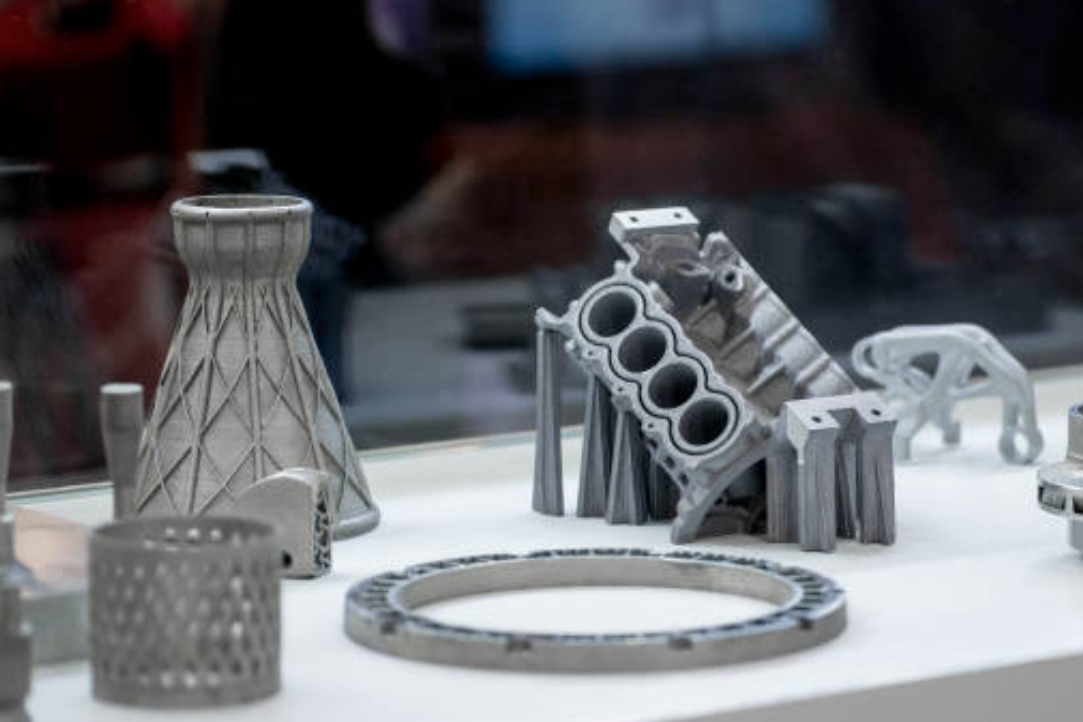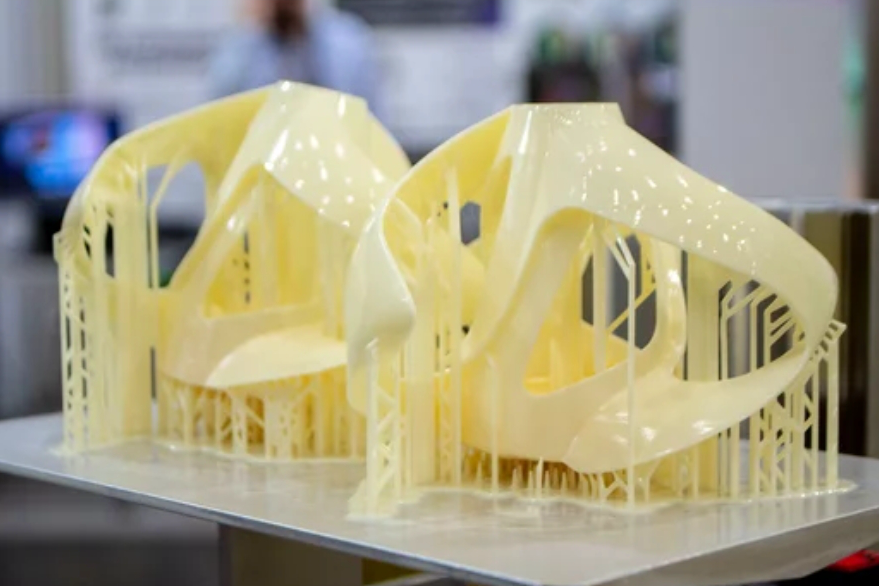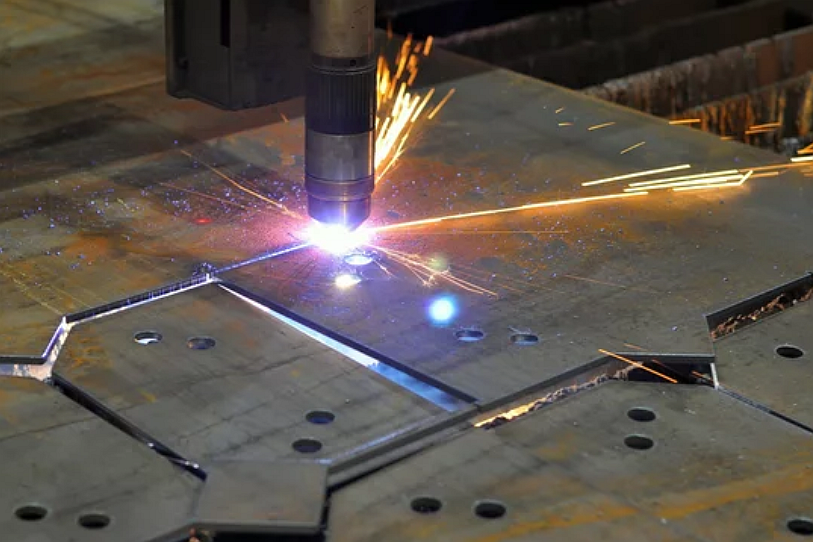What are the main differences between CO2 and fiber laser cutting?
What Are the Main Differences Between CO₂ and Fiber Laser Cutting?
Laser Source and Wavelength
CO₂ Lasers: Use a gas mixture (primarily CO₂) excited by electrical discharge to produce infrared light at a wavelength of 10.6 μm.
Fiber Lasers: Use a solid-state optical fiber doped with rare-earth elements, emitting a wavelength around 1.06 μm. This shorter wavelength is absorbed more efficiently by metals, enabling faster and cleaner cutting.
Material Compatibility
CO₂ Lasers: Excel at cutting non-metals such as wood, acrylic, plastics, rubber, glass, leather, and paper. They also cut metals like stainless steel and mild steel but are less effective on reflective materials.
Fiber Lasers: Specialize in metal cutting, particularly reflective and conductive materials such as aluminum, copper, brass, and stainless steel. They are less suitable for non-metallic materials due to poor absorption at 1.06 μm.
Cutting Speed and Efficiency
Fiber Lasers: Are up to 3× faster than CO₂ lasers when cutting thin metals (<5 mm), due to higher beam intensity and energy efficiency (~35%).
CO₂ Lasers: Have slower cutting speeds and higher power consumption (~10–15% efficiency), making them less cost-effective for high-volume metal processing.
Maintenance and Operating Costs
Fiber Lasers: Require minimal maintenance, no mirrors or alignment, and have a typical service life exceeding 100,000 hours.
CO₂ Lasers: Need regular maintenance, mirror cleaning, and gas replenishment, leading to higher operating costs and downtime.
Edge Quality
CO₂ Lasers: Deliver smoother edge finishes on thicker non-metal parts and are preferred for applications like signage and acrylic displays.
Fiber Lasers: Provide precise, burr-free edges on thin to medium metal sheets but may require optimization for thicker materials to match CO₂ edge smoothness.
Application Summary Table
Feature | CO₂ Laser | Fiber Laser |
|---|---|---|
Wavelength | 10.6 μm (Infrared) | 1.06 μm (Near Infrared) |
Best For | Non-metals, thick acrylic, wood | Metals (steel, aluminum, copper) |
Speed (Thin Metal) | Moderate | Fast (up to 3× faster) |
Maintenance | High | Low |
Energy Efficiency | 10–15% | ~35% |
Operating Cost | Higher | Lower |
Manufacturing Services for CO₂ and Fiber Laser Cut Parts
Neway provides advanced laser cutting services using both CO₂ and fiber laser systems, optimized for metal and non-metal processing. Backed by 20+ years of experience and ±0.01 mm precision, we deliver parts with high accuracy, speed, and reliability across global markets.



